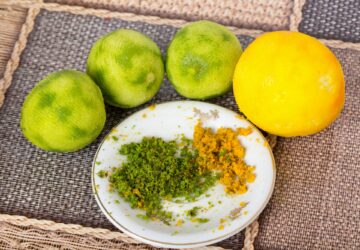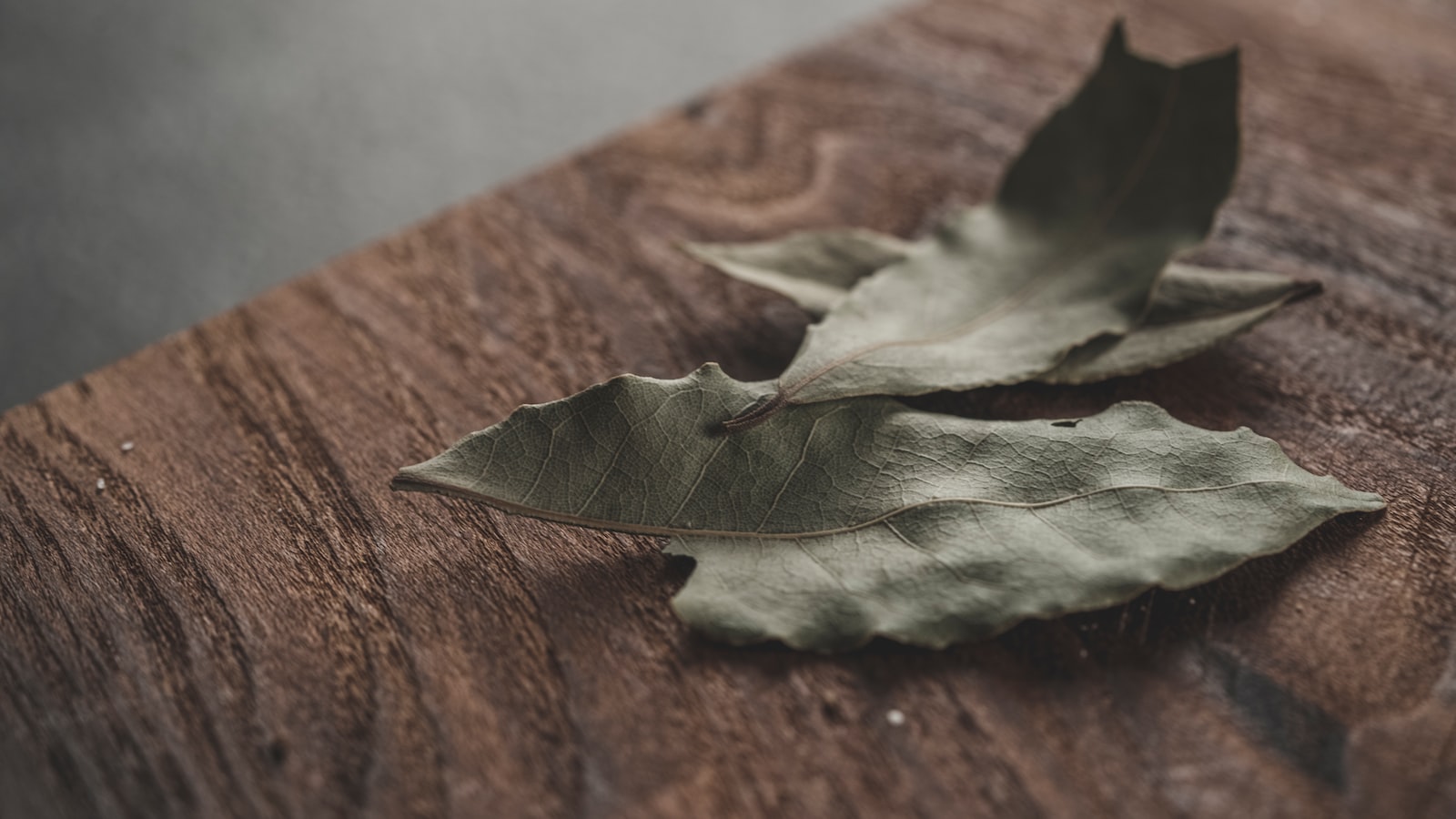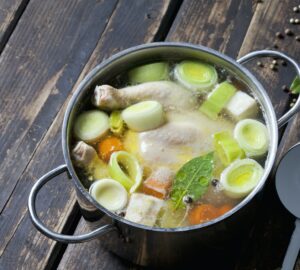Bay leaves, known scientifically as Laurus nobilis, are aromatic leaves from the bay laurel tree, native to the Mediterranean region. They have been used for centuries in cooking and traditional medicine, thanks to their distinctive fragrance and potential health benefits. In this overview, we’ll explore the characteristics, uses, and health benefits of bay leaves in 300 words or more.
Bay leaves are dark green, glossy, and slightly elongated, measuring around 2 to 4 inches in length. They are often sold whole, either fresh or dried, and are typically removed from the dish before serving due to their tough, leathery texture. Fresh bay leaves are more potent in flavor than their dried counterparts, with a slightly bitter taste and a strong, camphor-like aroma.
In cooking, bay leaves are used to add depth and complexity to a wide variety of dishes, from soups and stews to sauces, marinades, and pickling liquids. They are a key ingredient in classic recipes like French bouillabaisse, Italian osso buco, and Indian biryani. Bay leaves are also a component of the classic bouquet garni, a bundle of herbs often used to flavor soups, stocks, and braises.
When cooking with bay leaves, it is important to use them sparingly, as their flavor can become overpowering if too many are used. One or two leaves are typically sufficient for most recipes, and they should be added early in the cooking process to allow their flavors to fully infuse the dish.
Bay leaves have been used in traditional medicine for their potential health benefits, which are attributed to their rich content of bioactive compounds, such as eugenol, myrcene, and cineole. These compounds are thought to possess antioxidant, anti-inflammatory, and antimicrobial properties, which may contribute to overall health and well-being.
Some studies suggest that bay leaves may help regulate blood sugar levels, reduce inflammation, and improve digestive health. They have also been used in traditional remedies to treat respiratory issues, such as coughs and congestion, as well as skin conditions like dandruff and insect bites. However, more research is needed to fully understand the extent of bay leaves’ health benefits.
In addition to their culinary and medicinal uses, bay leaves have played a significant role in various cultural and religious ceremonies throughout history. In ancient Greece and Rome, they were a symbol of victory and honor, often used to create wreaths and crowns for victorious athletes, military leaders, and emperors.
Growing bay laurel trees is relatively easy in climates that mimic their native Mediterranean environment. They thrive in well-drained soil, with ample sunlight and moderate water. Bay laurel trees can be grown in containers or planted in the ground, and they respond well to pruning, making them suitable for use as hedges or topiary.
In conclusion, bay leaves are a versatile and aromatic addition to many dishes, lending their distinctive fragrance and flavor to a wide range of recipes. With their rich history, potential health benefits, and cultural significance, bay leaves offer an intriguing and flavorful element to both culinary and traditional medicine practices.








